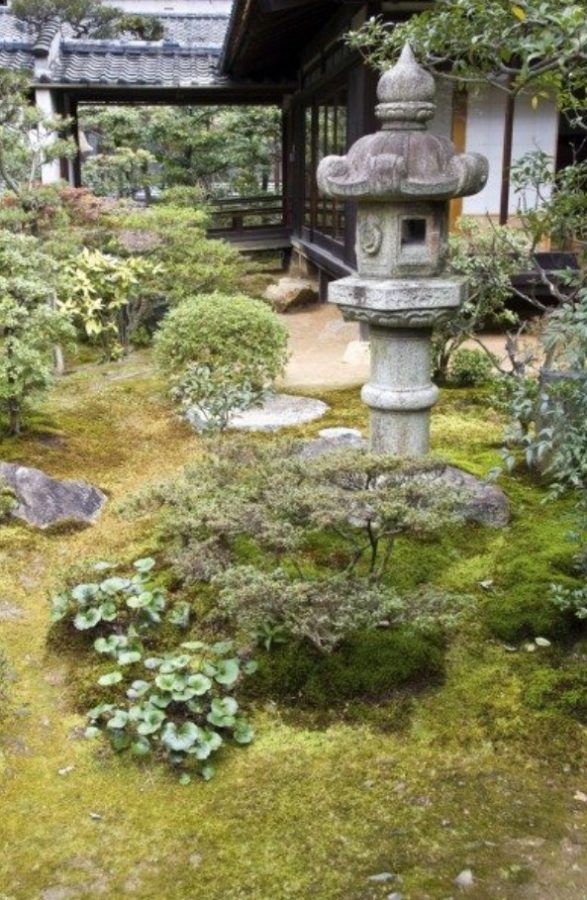Zen Gardening
April 15, 2019
When people hear the word Buddhism, the first thing that comes to mind is the hours upon hours of meditation. Seeing as it is a major part of the religion, it comes as no surprise that there are many different methods of this practice, one of which includes zen gardening.
Zen gardening is very similar to normal gardening, the main difference being the purpose. The reason people garden is to grow plants and crops. Buddhists, on the other hand, garden for aesthetic purposes only. In zen gardens, everything, even the tiniest pebble, has a specific place within the garden to create a peaceful, serene environment.
Zen gardens often consist of mostly natural materials such as stones, moss, low plants, and sand/crushed granite. It is also tradition to include a Buddha statue out of respect. Zen gardens are also especially known for the lines traced in the sand. These rows are created using a rake with very wide-spaced tines to create space between each row. These sand patterns are meant to symbolize nature and the rippling of water.
The idea behind this creation was that the world can be full of many distractions, so having a calm, serene environment to look at can refresh the mind and help attain the state of absolute concentration.
According to Pure Living for Life, the idea of “zen” is originally from India. It has since become a large part of Japanese culture, so much so that sometimes the zen garden can be referred to as a Japanese rock garden.
When asked about their experience in zen gardens, Grace Wang, a freshman at CdM, said, “Before going, I didn’t believe in them at all, but they do. I was actually surprised at how much my mind was able to relax when I spent a few hours there. The patterns and placement of everything is just so aesthetically satisfying!”
Zen gardening has many benefits, both mental and psychological. So next time the world seems a little chaotic, give rock gardens a try!













